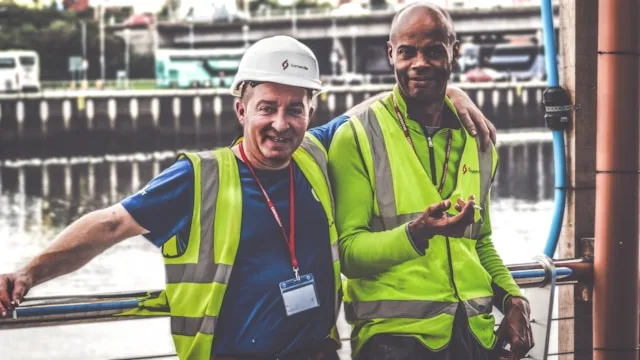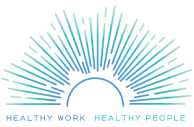Healthy Work Campaign
Creating a healthier work
environment for all


of work stressors in the U.S.

It’s time for healthy work in the U.S.

Healthy Work Assessments
Solutions for Employers
Resources for Workers & Unions
If we want healthy people, we need healthy work.
experts & organizations







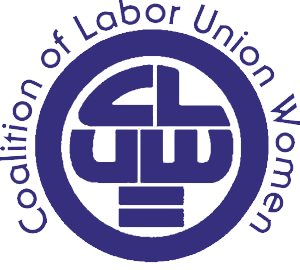


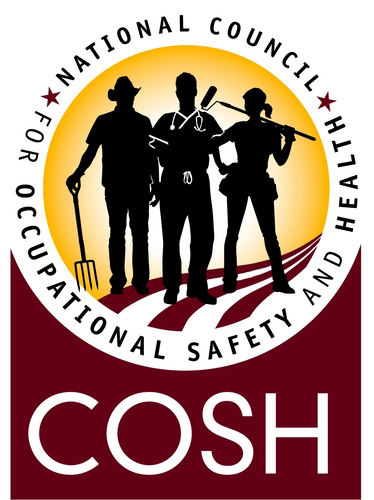


Stay Updated with Healthy Work
Get the latest updates, news, and insights on healthy work practices.
By clicking Sign Up, you confirm that you agree
with our Terms and Conditions.





